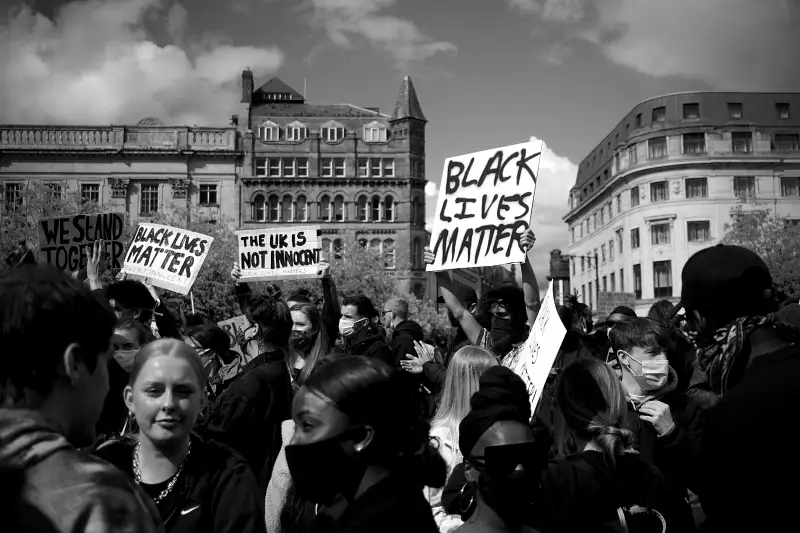Table of Contents
- The Concept of Stigmatization
- Mechanisms of Stigmatization
- The Impact of Stigmatization on Structural Inequality
- Intersections of Stigma and Inequality
- Strategies to Address Stigmatization and Structural Inequality
- Conclusion
Stigmatization is a powerful social process that has profound implications for individuals and groups within society. It involves the devaluation and discrediting of individuals based on certain characteristics or attributes, which can be physical, behavioral, or social. The concept of stigma has been extensively studied in sociology, with foundational work by Erving Goffman and subsequent expansions by numerous scholars. Structural inequality, on the other hand, refers to the systematic disadvantage of certain groups through societal institutions, policies, and practices. This essay aims to outline and explain how stigmatization leads to structural inequality, exploring the mechanisms through which stigma is perpetuated and how it manifests in various forms of social, economic, and political disparities.
The Concept of Stigmatization
Defining Stigma
Stigma, as defined by Goffman (1963), is an attribute that is deeply discrediting and reduces the bearer from a whole and usual person to a tainted, discounted one. This attribute can be physical (such as a disability), characterological (such as perceived moral failings), or related to group identity (such as race, ethnicity, or religion). Stigmatization involves not just the presence of the attribute but also the societal reactions to it, which can include discrimination, exclusion, and marginalization.
Types of Stigma
Stigmatization can be categorized into several types. Enacted stigma refers to the actual experiences of discrimination and prejudice faced by stigmatized individuals. Felt stigma, on the other hand, is the internalization of negative societal attitudes, leading to feelings of shame and self-devaluation. There is also structural stigma, which encompasses the policies and institutional practices that systematically disadvantage stigmatized groups. These different types of stigma often interact, reinforcing each other and perpetuating cycles of disadvantage.
Mechanisms of Stigmatization
Socialization and Norms
Stigmatization is deeply embedded in the socialization process, where societal norms and values are transmitted across generations. From a young age, individuals learn what is considered acceptable or deviant through family, education, media, and peer interactions. Norms that define certain characteristics as undesirable or inferior create a foundation for stigma. For example, norms around physical appearance can lead to the stigmatization of those with visible disabilities or unconventional body types.
Labeling Theory
Labeling theory, developed by sociologists such as Howard Becker, posits that deviance is not inherent in an act but is instead the result of the labels attached to it by society. Once labeled as deviant, individuals may face exclusion and discrimination, which can lead to a self-fulfilling prophecy where they internalize the label and act in accordance with it. This process is crucial in understanding how stigmatization contributes to structural inequality, as labeled individuals are often denied opportunities and resources, reinforcing their marginalized status.
Stereotyping and Prejudice
Stereotyping involves the oversimplified and generalized beliefs about a group of people, often leading to prejudice, which is a negative attitude towards members of that group. These cognitive processes are fundamental to stigmatization, as they shape how individuals perceive and interact with stigmatized groups. Stereotypes and prejudices are often perpetuated through media representations, institutional policies, and everyday interactions, contributing to the systematic disadvantage of stigmatized individuals.
The Impact of Stigmatization on Structural Inequality
Economic Disparities
Get the full article AD FREE. Join now for full access to all premium articles.
View Plans & Subscribe Already a member? Log in.





